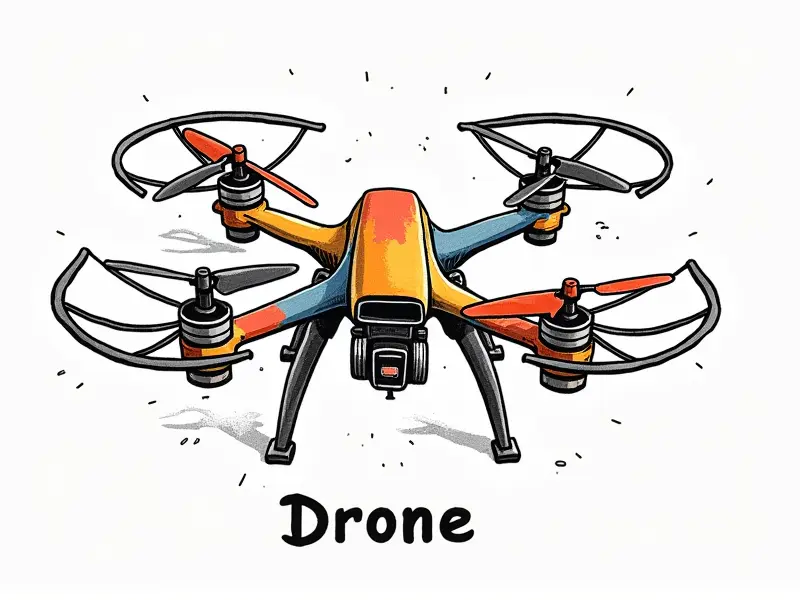Can I fly RC indoors?

Flying RC Indoors: Is It Possible?
Indoor flying of remote-controlled (RC) aircraft has become increasingly popular among hobbyists and enthusiasts. However, the question remains: can you fly RC indoors? This article delves into the feasibility, legalities, challenges, and best practices for indoor RC flight.
Legalities of Flying RC Indoors
Flying RC indoors is generally not regulated by aviation authorities like the FAA or CAA. However, local laws and property rules may apply. Always check with building management or homeowners' associations before flying in public or private spaces to avoid legal issues.
Best Indoor RC Models Revealed
Several models are ideal for indoor flight:
- HobbyZone Sport Cub S: A lightweight, durable foam model suitable for beginners and experienced flyers alike.
- Features: Easy to assemble, stable flight characteristics, good battery life
- TBS Discovery 2: An FPV racing drone designed for indoor use with a compact frame and high maneuverability.
- Features: Foldable design, excellent camera quality, robust build
- Hubsan X4 H107D: A micro quadcopter that fits easily into small spaces with its tiny size and agility.
- Features: Foldable arms, long flight time, easy to control
Challenges of Indoor RC Flying
Flying indoors presents unique challenges:
- Space limitations: Small rooms or tight spaces can restrict maneuverability and increase the risk of collisions.
- Obstacles: Furniture, walls, and other objects pose hazards that must be navigated carefully to avoid damage.
- Airflow: Drafts from air conditioning units or open windows can affect flight stability and control.
Tips for First-Time Indoor RC Quadcopter Flyers
Starting with indoor flying requires some preparation:
- Select the right model: Choose a quadcopter designed for indoor use, such as the Hubsan X4 or TBS Discovery 2.
- Clean space: Clear out any obstacles and ensure there is enough room to maneuver safely.
- Practice hovering: Master basic flight controls like lift-off, landing, and hovering before attempting more complex maneuvers.
Secrets to Successful Indoor RC Flight
To achieve success in indoor flying:
- Understand aerodynamics: Learn how air currents and room dimensions affect flight stability.
- Use FPV technology: First-person view (FPV) systems provide a pilot's-eye perspective, enhancing control and enjoyment.
- Practice regularly: Consistent practice helps improve skills and confidence in handling the aircraft.
FPV Racing Drones: Can They Fly Indoors Too?
Yes, FPV racing drones are well-suited for indoor flying. Their compact size, agility, and robust design make them ideal for navigating tight spaces:
- TBS Discovery 2: A popular choice with a foldable frame and excellent camera quality.
- Holybro Tarot FPV Drone: Offers high-quality video transmission and reliable performance in confined areas.
Is Indoor FPV Racing Really Possible?
Indoor FPV racing is not only possible but also highly engaging. With the right equipment and a bit of practice, you can enjoy thrilling races within the confines of your home or other indoor spaces:
- Create an obstacle course: Set up cones or markers to simulate real-world racing conditions.
- Practice precision flying: Focus on tight turns and quick maneuvers to enhance your skills.
Should You Try Indoor RC Drone Flight?
If you're looking for a fun, safe way to enjoy RC flight without the need for large outdoor spaces, indoor drone flying is an excellent option. It offers a unique challenge and can be a great introduction to more advanced forms of RC aviation.
Can I Fly My RC Plane Indoors?
Flying RC planes indoors is possible but requires careful consideration:
- Select the right plane: Opt for lightweight, maneuverable models like the HobbyZone Sport Cub S.
- Clear space: Ensure there are no obstacles that could interfere with flight or cause damage to your aircraft.
Best Practices for Indoor RC Airplane Flight
To maximize enjoyment and safety when flying indoor RC planes:
- Start small: Begin with a micro-sized plane like the Hubsan X4 before moving to larger models.
- Practice in wide-open spaces: Choose rooms or areas with ample clearance for safe takeoffs and landings.
Conclusion
Flying RC indoors is not only feasible but also offers a unique set of challenges and opportunities. By choosing the right models, understanding legalities, and adhering to best practices, you can enjoy thrilling indoor flight experiences without compromising safety or enjoyment.

